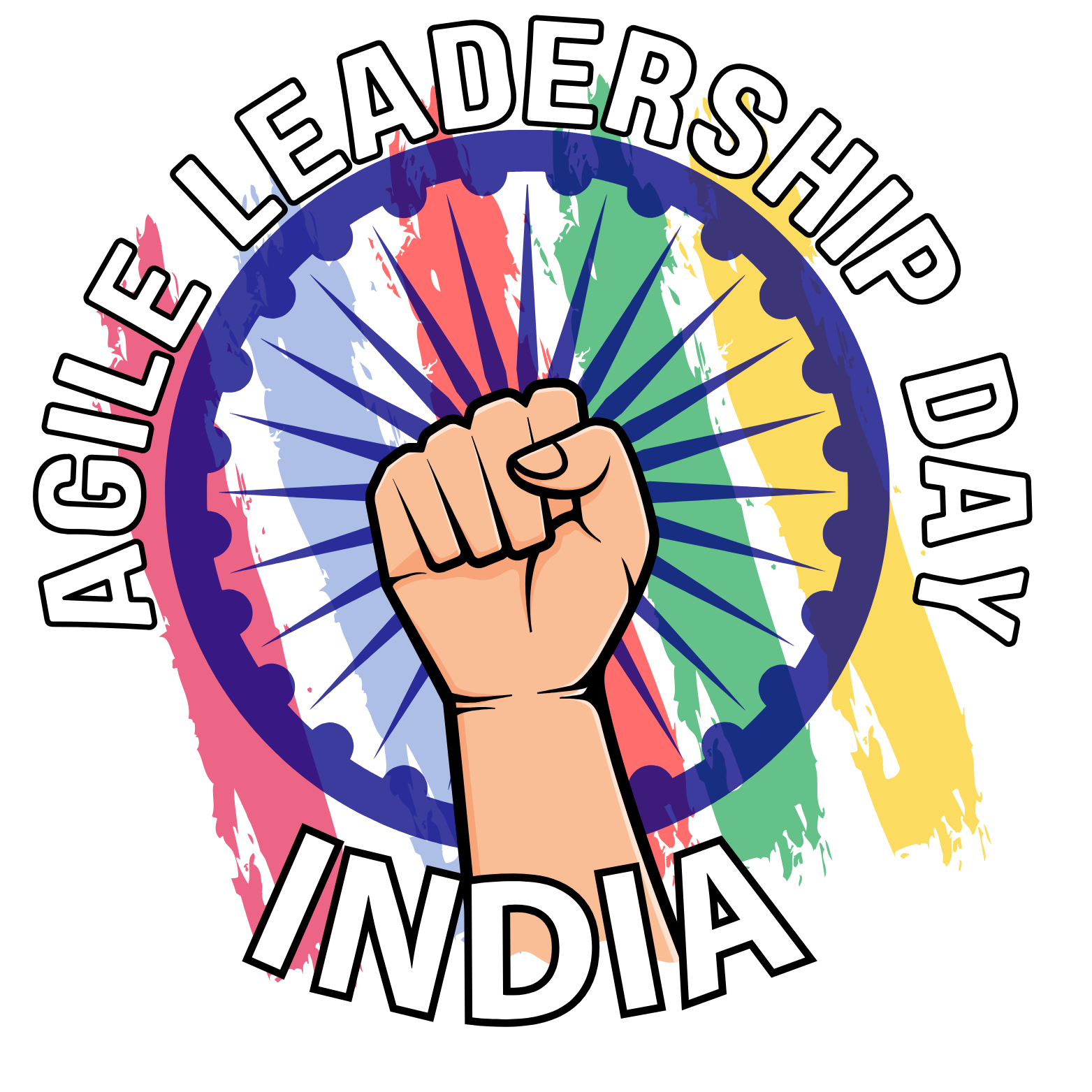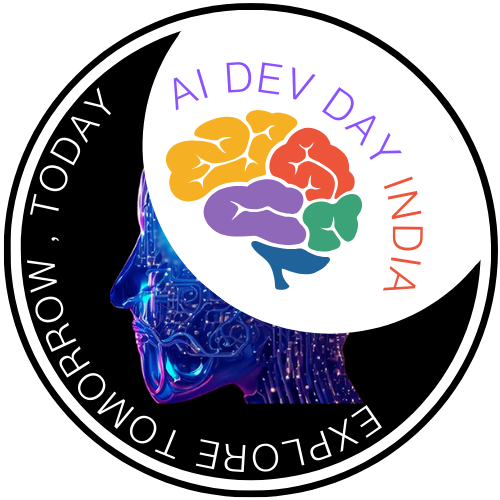How AI Is Evolving the Product Operating Model
We are moving from Agile (fast and flexible teams) to Intelligent (fast, flexible, and AI-augmented organizations). Welcome to the world of the AI-Driven Product Operating Model.
Imagine your product organization as a smart football team. You’ve got a coach (your Product Leader), players (your Product Teams), a game plan (your Product Roadmap), and a crowd (your Customers). In the old days, this team played using Agile principles — fast passes, teamwork, quick feedback, and short sprints. They’d huddle after every play, adjust their strategy, and keep improving.
But now, there’s a new assistant coach joining the game — Artificial Intelligence (AI). This coach never sleeps, studies every match, remembers every play, and gives real-time suggestions.
What Is a Product Operating Model?
Think of your Product Operating Model (POM) as the set of rules and rhythms that keep your organization running — how you plan, decide, build, and measure success. If your company was a car, your POM is the engine — it decides how fast you can go, how smoothly you steer, and how well you handle bumps on the road.
Now imagine adding AI to that engine. It doesn’t just make the car faster — it makes it smarter. The car learns your route, avoids traffic, predicts the weather, and even suggests better ways to drive. That’s exactly what AI does to your Product Operating Model.
Agile Was About Speed. AI Adds Intelligence.
Agile helped teams move fast. AI helps them move smart. In Agile, your team might decide which feature to build next based on user feedback and team discussion. With AI, your system might analyze thousands of data points — user behavior, churn patterns, even competitor updates — and recommend which feature will create the biggest impact. It’s like having an extra brain that never gets tired of analyzing data.
AI Augments Decision-Making
Product Managers often make hundreds of small decisions every week. AI doesn’t replace that judgment; it augments it. Think of AI as a GPS for product strategy. You still decide the destination, but AI helps you choose the best route based on traffic (data), weather (market trends), and speed limits (resources). It gives you confidence that your choices are data-informed — not just gut-based.
AI Transforms Portfolio Management
Portfolio management is like managing a farm. Each product needs care. Traditionally, leaders decided based on reports and meetings. With AI, the farm becomes self-reporting. Sensors (data systems) measure growth and yield — and even suggest when to plant something new. Similarly, AI in portfolio management helps organizations:
- Identify which products deliver the most value
- Predict which investments are at risk
- Rebalance resources across teams
- Align decisions with strategic outcomes
In short — AI helps manage the portfolio like a living ecosystem, not a static spreadsheet.
The Human + AI Partnership
“Will AI replace Product Managers?” The answer is simple: No — it will amplify them.
AI is great at pattern recognition, number crunching, and forecasting. But humans are great at empathy, creativity, and storytelling. Together, they form the perfect product team: AI provides insights → Humans provide interpretation → The organization acts intelligently.

How to Start Building Your AI-Driven Model
- Begin small, but intentional. Start by automating one area like data analysis or backlog prioritization.
- Keep the human in the loop. Use AI for decision support, not decision replacement.
- Build feedback loops. Make sure every AI insight is measured and validated.
- Focus on outcomes, not outputs. Use AI to track the real impact of your work.
- Create a culture of curiosity. Encourage teams to experiment with AI tools.
The Future: Intelligent, Not Just Agile
Agility taught us how to move fast. AI teaches us where and why to move. The future of product management isn’t just about velocity — it’s about clarity, precision, and adaptability. The best teams will be those that combine human creativity with machine intelligence to build products that customers love — faster, smarter, and more responsibly than ever before.
If Agile was the art of doing things right, then AI is the science of doing the right things — again and again, and better each time.
Together, they form the most powerful product engine the world has ever seen.
That’s what we mean by an AI-Driven Product Operating Model.




